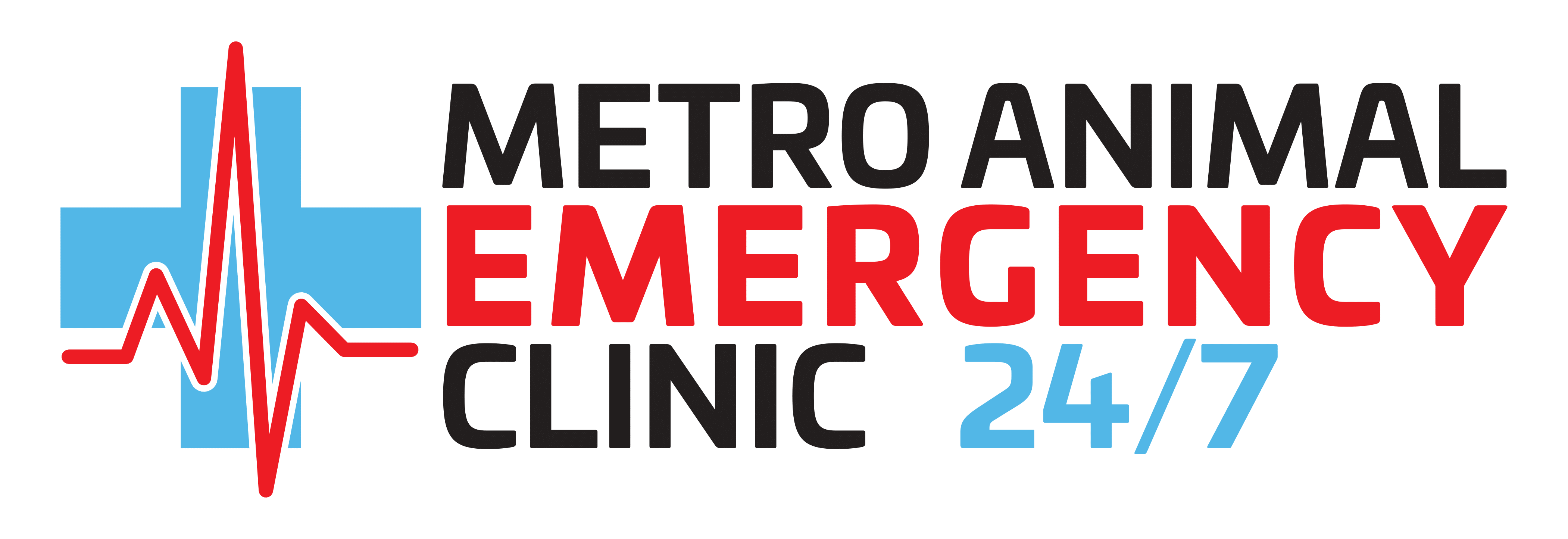Alcohol
Animals will drink a variety of alcohols, ranging from methanol found in windshield washing solutions to isopropyl (rubbing) alcohol to vodka at a party. Unbaked bread dough is another source of alcohol. Clinical signs (staggering & lethargy) will become obvious within an hour if the animal ingested a toxic dose. You should always check with your veterinarian if your pet has ingested any of the products listed above to confirm whether or not it was a toxic or lethal dose and what the next steps would be for proper treatment of your pet.
Ant and Roach Baits
These products contain a variety of insecticides. However, the main ingredients in most of these products are peanut butter, lard, and jelly to attract the insects. Therefore, ingestion of these products is rarely a concern unless a very tiny animal such as a pocket pet is involved.
The two exceptions are when the product contains chlorpyrifos or arsenic. Cats are exceptionally sensitive to chlorpyrifos, an organophosphate. A few products contain arsenic, which is a stomach irritant. Therefore, most animals will vomit spontaneously. Never induce vomiting without consulting your veterinarian first. In some cases vomiting should not be induced.
Batteries
Treatment of battery ingestion can be difficult. Contact your veterinarian immediately if you suspect your pet has ingested a battery.
Chocolate
Chocolate contains two forms of methylxanthines, theobromine and caffeine, and their amounts vary with the type of chocolate. Unsweetened baking chocolate contains almost seven times more theobromine as milk chocolate, while white chocolate contains very little. You should always contact your veterinarian if your pet has ingested chocolate and confirm that it is or is not a lethal dose.
Cigarettes
Tobacco products contain varying amounts of nicotine with regular cigarettes containing 13-30 mg and cigars containing 15-40 mg. Butts contain about 25% of the total nicotine content. Signs often develop within 15-45 minutes after ingestion and commonly include excitation, salivation, vomiting and diarrhea. If your pet has ingested a toxic amount muscle weakness, twitching, depression, shallow breathing, collapse and then cardiac arrest will follow these symptoms. Contact your veterinarian if you suspect your pet has eaten any products containing nicotine.
Cleaning Products
Most household cleaning products contain acidic or alkaline ingredients, which can cause caustic or corrosive lesions in the GI tract. Fortunately, most exposures occur after the product has been diluted in a bucket of water or a toilet bowl and so only cause mild vomiting.
If the product is not dilute, it can cause severe burning of the mouth, esophagus, and stomach. Lesions from acids usually appear soon after exposure, while lesions from alkalis may not appear until 8-12 hours later. Do not induce vomiting because further damage will occur. Contact your veterinarian immediately if you suspect your pet has ingested any cleaning products.
Fertilizers
Most fertilizers contain mainly nitrogen, potash, and potassium (N-P-K) and just cause mild GI upset. However, some fertilizers contain a significant amount of iron and can result in iron toxicosis. A few fertilizers also contain an insecticide such as disulfoton, which is a highly toxic organophosphate that causes sudden onset of seizures frequently followed by pancreatitis.
Other types of fertilizer are bone meal and blood meal. Dogs can engorge themselves on these products and can have significant GI upset (vomiting, diarrhea, constipation) and possibly pancreatitis. Contact your veterinarian if your pet has ingested any type of fertilizer.
Glow-in-the-dark Jewelry
These jewelry pieces are filled with dibutyl phthalate, which causes profuse salivation and possibly vomiting in animals that bite into them. This response is due to a taste reaction rather than a toxicosis. Give a treat, such as milk or tuna juice, to dilute the taste of the chemical and contact your veterinarian.
Glues
Most glue does not cause problems when ingested by pets. Superglue can glue the lips or tongue together, but otherwise is digested without incidence. An exception is Gorilla Glue, which expands in the stomach and can require surgical removal. Always consult your veterinarian if your pet ingests any type of glue.
Liquid Potpourri
Liquid potpourris may contain essential oils and cationic detergents. Essential oils can cause mucous membrane and gastrointestinal irritation. Severe clinical signs can be seen with potpourri products that contain cationic detergents. Dermal exposure to cationic detergents can result in reddening of the skin, edema, intense pain, and ulceration. Ingestion of cationic detergents can lead to tissue necrosis and inflammation of the mouth, esophagus, and stomach.
Following dermal exposure, the animal should be bathed with a mild liquid hand-dish detergent or a non-insecticidal pet shampoo. For ocular exposure to liquid potpourri, the eyes should be flushed thoroughly with tepid tap water or saline. Report any symptoms your pet may be exhibiting to your veterinarian to ensure that he/she does not require any further treatment.
Mothballs
Naphthalene is the most common active ingredient found in mothballs. Most common signs seen with mothball ingestion include vomiting, anemia, lethargy, and seizures. Hepatitis is a rare effect and if seen would occur 3-5 days post exposure.
Treatment of mothball ingestion includes early decontamination. Consult your veterinarian if your pet has or you suspect that it has ingested mothballs.
Painting/Varnishing Products
Household paints and varnishes are relatively harmless and usually only cause mild GI upset. However, pet owners become concerned when paint gets on the animal’s fur and make the mistake of trying to remove it with paint thinners, such as turpentine or mineral spirits. These products are extremely irritating to the skin and footpads. The animal will become very painful immediately after application.
The best method of removing paint thinners is by bathing with a dish washing detergent and cool water. However, bathing removes excess product without stopping the pain that is already occurring, especially in the footpads. Analgesics and sedatives may be necessary to make the animal comfortable. The pain can be eased in some dogs by allowing them to stand or lay in cool water. They are usually comfortable when in the water, but become painful again as soon as they are removed from the water. Consult your veterinarian for treatment information and do not administer any home pain medications without your vet’s permission, some human pain control can be harmful to your pet.
Silica Gel
This is used as a desiccant in newly purchased clothing, shoes, and purses. It is an inert ingredient and is not toxic. The only time it is of concern is when a small animal swallows a large amount, which can expand with water and possibly cause an obstruction or diarrhea.
Soaps/Shampoos
These products cause vomiting (usually mild and self-limiting) after ingestion. Large ingestions can also cause diarrhea. If the vomiting or diarrhea persists for more than a day, contact you r veterinarian.
Thermometers
Thermometers contain elemental mercury, which is not absorbed from the GI tract. Therefore, mercury poisoning is not a concern with these ingestions. If the animal swallowed the glass, bulk up the diet with bread or canned pumpkin to help it move through the GI tract and consult your veterinarian.
Zinc
US pennies minted after 1982 and Canadian pennies minted between 1997 and 2001 are composed of copper plating around a zinc core. Therefore toxicosis has been reported as a result of ingestion of pennies. Zinc toxicosis can affect the kidneys and liver. Treatment of penny ingestion involves removing the pennies from the stomach, which often requires surgery. Consult your veterinarian if your pet has swallowed any pennies.
Need a visit? We are here 24/7 for your pet.
If you need anything at all, please call us at 902-468-0674, and we'll be there to provide real-time answers to your questions.

